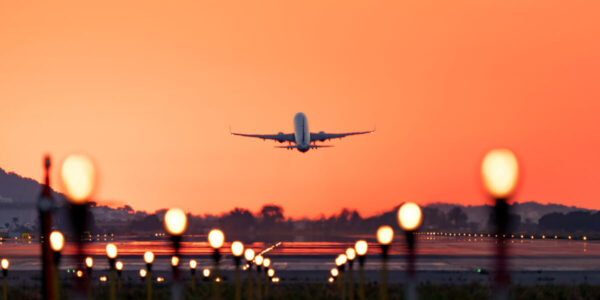
Living with the new wave of wildfire
Numbers at a glance
- 4.5 million: Acres burned in the West last year
- 30: number of seconds it takes a fire in your house to double in size
- 900 degrees: How hot a wildfire can get (Fahrenheit)
- 94: Percentage of California wildfires caused by people
Think of the 21st century as the West’s Reign of Fire. A few stats tell the tale. Of the 20 biggest fires in California history, more than half have taken place since 2000; San Diego County’s 2003 Cedar Fire was the state’s largest ever. Utah’s biggest fire? Milford Flat, in 2007. Arizona’s? Rodeo-Chediski, in 2002.
More: What you need in your home fire kit
Even seasoned firefighters are unnerved. “We’ve always had large fires,” says Del Walters, director of the California Department of Forestry and Fire Protection (aka Cal Fire), “but not to the degree we’ve seen over the last few years.” Bob Roper, chief of the Ventura County, California, fire department, agrees: “Southern California is experiencing 100-year fires every 5 years.”
But why? One reason may be climate change: On average, the West—like the rest of the country—is getting warmer. That, says Rick Ochoa of the National Interagency Fire Center in Boise, brings a change in the West’s fire seasons: “They start earlier and go later. And they’re more severe.” Making things worse: insect infestations like that of the bark beetle in the Northern Rockies.
Living on the edge
Second scary truth: More of us live in fire-prone parts of the West than ever before, places like California’s Sierra Foothills or Colorado’s Front Range. Firefighters call these areas the Wildland Urban Interface—if you want to sound like a firefighter, shorten it to WUI and say “wooie.” Life in the WUI has its advantages, true—decent-size lots, dramatic views—but proximity to wildlands brings greater fire danger.
More than 300 structures were destroyed in the 2007 Angora Fire in California’s El Dorado County; more than 600 in Colorado’s 2002 Hayman Fire. Says Bob Roper, “People are moving to areas they don’t understand. I’d like to put them in an Imax theater and throw out smoke and embers so they can feel what a firestorm is!”
But there’s good news too. “We’re better at fighting fires,” says Walters. Among the innovations: using military aircraft and NASA satellites to track burns. “Some fires move so fast, it’s hard to determine where they are from the ground.” We know how to build safer too: California is now imposing strict design and material requirements for all new homes built in Fire Hazard Severity Zones. Even in big wildfires, these homes tend to survive.
As president of San Diego–based Firewise 2000, David Bacon consults with builders to make subdivisions more fire-resistant. “We’ve lost only one house in 15 years,” he says, “and that was because the owner forgot to close his garage door when he evacuated.”
